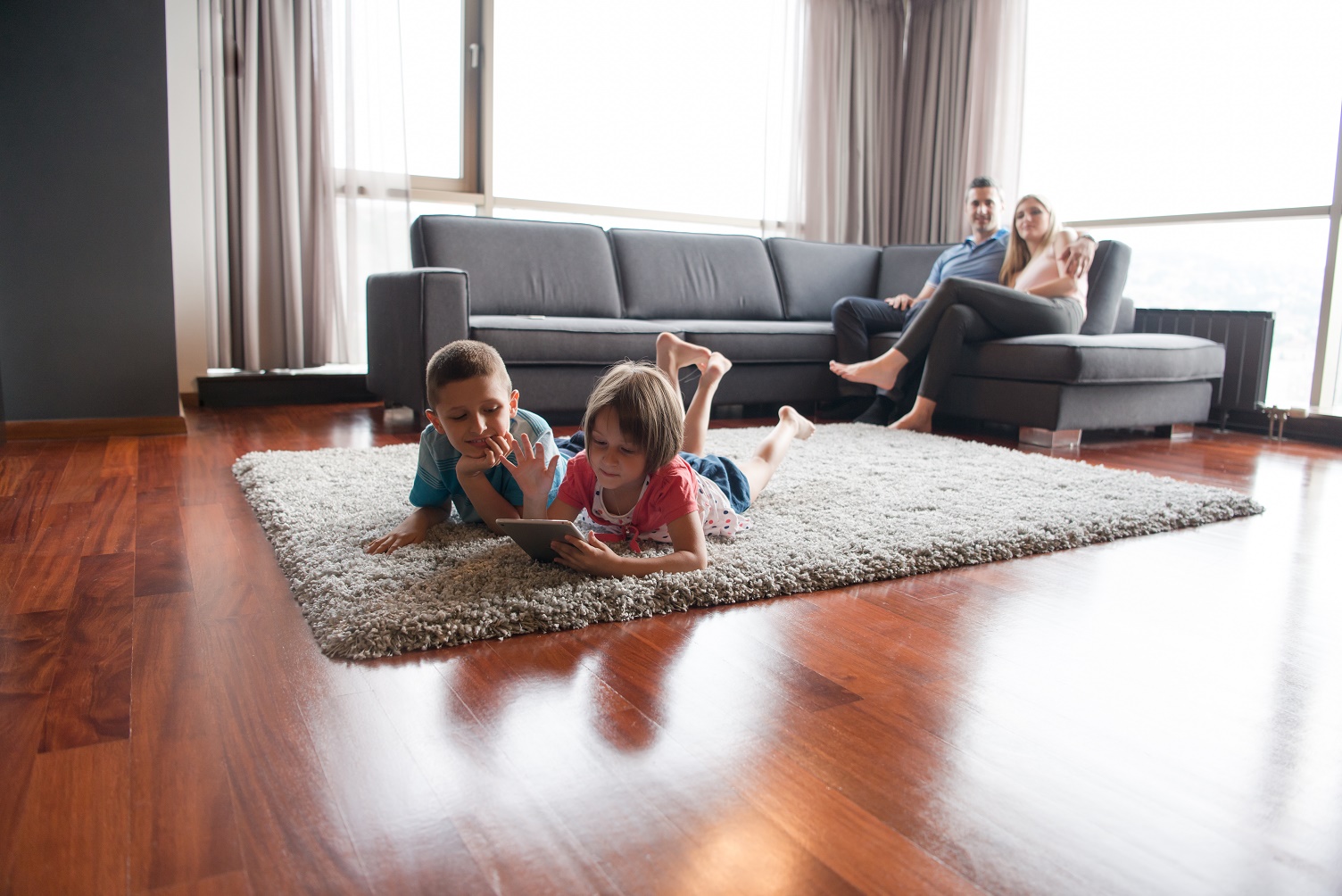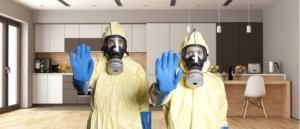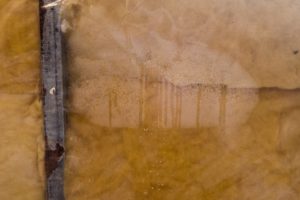
In short, yes, your home can make you ill. Even if your home complies with UK building regulations, it can still make you ill – both physically and mentally. That may sound astonishing but plenty of evidence is emerging to prove the impact our homes (and workplaces) are having on our health.
A healthy building is one which enhances the health and well-being of its occupants and its surrounding environment, rather than actively working against it. Read on if you’d like to understand why our homes will be healthier in years to come and to see a practical guide on what makes a home healthy.
In the news – the link between health and buildings
It may seem sudden for some but the debate of our buildings’ impact on our health has been going on for decades in the construction sector.
But something happened at FutureBuild 2019 – an exhibition where international decision-makers from the construction sector converge to find out what’s new and to be educated about different designs, materials and techniques.
As part of the Steico stand, we asked people to commit to building healthy buildings. Over 100 architects, builders and housing associations lined up to get regular updates on how buildings will actively keep us well: healthy building newsfeed.
So what’s driving the interest and why should we be building healthy buildings?
Losing trust
Consumers are beginning to understand that, the homes which meet UK building standards, aren’t always the healthiest.
Under existing UK regulations, performance and health of a building are not closely regulated, despite their fundamental impact on occupant health and well-being. Factors such as decrement delay – the time taken for heat to pass through a building, a key indicator that a building may overheat – are currently being ignored.
The signs are suggesting that modern homeowners, designers and architects are starting to take more care in choosing building materials. Thinking more closely about how the choices they make will impact the building’s air quality, the occupants’ health and the environment.

The high cost of unhealthy buildings
Damp is a common consequence of trapped moisture within a building’s fabric and is strongly correlated with respiratory diseases.
The NHS is feeling the cost of people living in damp homes as more Brits are currently dying of respiratory ailments than many of our European neighbours[i].
Healthy buildings are built of materials which ‘breathe’ enabling moisture to escape the building’s fibres, reducing the risk of damp.
An unhealthy building also carries a high cost for its surrounding environment. Under existing regulations, a building is required to undergo Standard Assessment Procedure (SAP) or Simple Building Energy Model (SBEM) calculations to predict its annual carbon emissions.
However new reports from the GBC[ii] suggest this calculation is only accounting for one quarter of a building’s CO2 emissions in its lifetime. This means over half of a home’s carbon footprint is produced before the first occupants even move in e.g. pollution created by transporting aggregates and producing insulation materials. Using natural materials would see this high environmental cost decrease.
The construction sector is moving towards a healthier path – sales are at all-time highs for those products which promote good health eg natural insulation, lime mortars, plasters and renders.

Natural is now affordable
Prices between natural materials and synthetic materials are narrowing – it’s no longer more expensive to build healthy buildings.
It’s a clear decision – would you like to build a home which meets building regulations but has the potential to make you ill? Or one which can enhance your health? All for the same price.
Let’s create a healthy building
Creating healthy buildings goes beyond meeting UK building regs. It’s about considering the building’s overall performance and health to ensure the occupants’ thermal comfort and well-being is effectively planned and accounted for.
Interestingly, this isn’t about relearning how we do things, it’s just about making small substitutions to create positive health changes. It’s making sure three things come together – design, materials and techniques.
Design
Good design is most closely associated with aesthetics but great design is felt in the internal environment of a house. You feel it in the building’s high air quality and acoustics.
The air in our homes becomes stale with every breath we take, let alone with the results of our cleaning products or off-gassing from our furniture.
Breathable walls ‘scrub’ air as it’s drawn into a building – improving the quality of the internal environment they create. There’s an added benefit that your energy bills will drop when you switch to natural insulation in comparison with standard insulation as wood panels fit snugly with the building envelope meaning there’s no room for draughts.
Materials
Simply substituting synthetic materials for natural ones e.g. building a breathable wall with natural fibre board insulation coupled with lime plaster will give your building a measurable difference.
Your building will be breathable, enabling water vapour to pass through the brick, board and plaster. Your walls become a permeable membrane keeping the weather out – and other elements such as dust – while filtering and cleaning air and moisture into the building well within the maximum air leakage rate according to building regs (<10m3/(hr/m2)).
In this way, your home balances its relative humidity. That minimises condensation risk, mould growth and, in extreme cases, rot. It means your building envelope, fabric or superstructure will remain intact for longer.
Processes and techniques
Using natural materials is simpler not more complex. Building healthy buildings is about substituting the synthetic products you’re accustomed to for straightforward, easy-to-use, natural alternatives.
In conclusion
One day, science will explain more fully, why we live more happily with natural materials than we do with their synthetic alternatives.
In the meantime, relatively sophisticated air monitors serve to demonstrate how our old buildings are still prized and standing thanks to their breathability.
